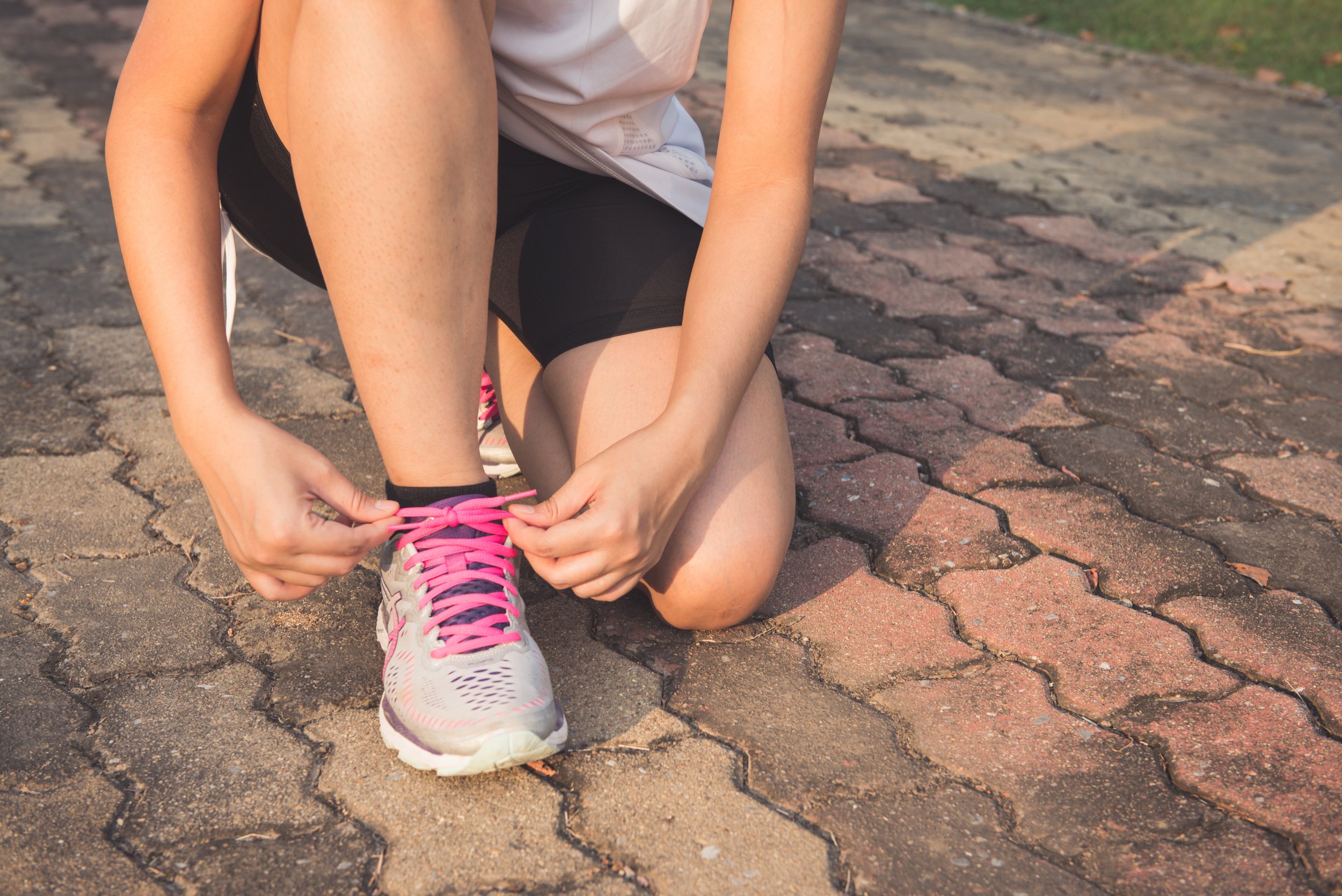One of the greatest misconceptions in the treatment of musculoskeletal injuries is using interventions to create symmetry in the body between right and left sides. Asymmetry is often the norm vs. the exception but we function very well in life and sport with these asymmetries. Small asymmetries should be accepted while larger asymmetries should be examined and treated on an individual basis. A previous article in the NY Times highlighted the amazing performances of Usain Bolt despite having a significant leg length difference and resulting asymmetrical running gait.
Patient’s often come into our Boulder Physical Therapy practice with heel lifts based on a previous clinician’s assessment and resulting intervention for a “short leg”. Side Note: We will leave the ridiculousness of SI and pelvic asymmetries or functional leg length discrepancies for another post. There are two main errors with this reasoning first and foremost all clinical tests have significant false positives and negatives limiting their ability to find a truly short leg. Second, static measurements, including leg alignment, have not been shown to significantly impact running injuries. The majority of us have small differences in leg length but how much do these differences impact running injuries?
A recent study in the International Journal of Sports Physical Therapy both described the incidence of leg leg differences and examined the impact of these differences on running injuries (Rauh et al. 2018). Authors screened 322 high school cross country athletes for leg leg differences and then followed them to determine if these differences increased the risk of lower body injury during the upcoming season. The authors found 1 in 5 runners had a significant difference in leg length, but these differences were not associated with future injury risk. One exception was found in athletes with a leg leg discrepancy of > 1.5 cm who were 7 times more likely to experience an injury than an athlete without a significant leg length difference.
This study highlights and supports our clinical practice of removing more lifts than we put into a runner’s shoes. Small differences should be accepted and left alone while large differences, > 2 cm, should be lifted on an individual basis.

